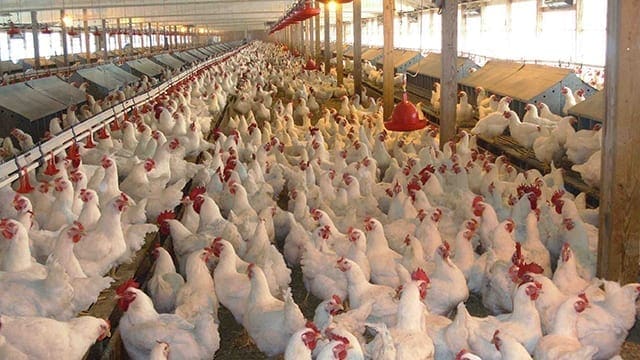NIGERIA – The government of Nigeria has unveiled the world’s largest rice pyramids, made up of one million bags of 100kgs of rice, a testament to the country’s drive towards achieving food security and attaining self sufficiency in production of the crop.
The rice pyramids project is a collaboration of the Central Bank of Nigeria (CBN) with Rice Farmers Association of Nigeria (RIFAN), undertaken through the Apex bank’s Anchor Borrowers Programme.
The launched mega pyramids represent aggregated paddy rice submitted by RIFAN farmers in exchange for cash payment, to enable the producer repay the loans they received under the ABP, reports Naira Metrics.
In a tweet, the President’s spokesperson Bashir Ahmed, highlighted that since the inauguration of ADP in 2015, the average yield of rice per hectare increased from 1.8 metric tonnes to 5 metric tonnes and enabled 95 percent reduction of the country’s annual rice import bill from US$1.5 billion in 2015 to US$18.5 million.
From a national paddy rice production of about 4.5 tons per annum before the ABP initiative, production has risen to over 9 million tons by last year.
While commissioning the pyramids, President Buhari said, “The Anchor Borrowers’ Programme has so far supported over 4.8 million smallholder farmers across Nigeria for the production of 23 agricultural commodities including maize, rice, oil palm, cocoa, cotton, cassava, tomato and livestock.
“I am aware that the bags of paddy will be moving straight from here to rice milling plants across Nigeria, which will lead to the release of processed rice to the markets by the rice millers. The measure will aid our efforts at reducing the price of rice in Nigeria.”
Meanwhile in Kenya, the government has embarked on an aggressive campaign to meet the growing demand for rice through a campaign dubbed “National Rice Development Strategy (NRDS) that runs to 2030.
The strategy aims to identify rice hubs, improve on varieties in order to increase production and bridge the country’s deficit to reduce importation of related products.
Kenya’s domestic rice sector has not satisfied the increasing demand for rice and this is aggravated by the population growth of the middle class and urbanization with people who are increasingly relying on rice for food.
Dr. Mary Mutembei from State Department of Crops at the Ministry of Agriculture and Head of rice promotion programme says the country needs to move from production of only 15 percent of what it consumes and stop spending more on importation.
“We spent Ksh25 billion last year to import rice despite us tripling our production from 50,000 metric tons to 150,000 metric tons in the last 10 years and this shows there is still a huge gap to fill,” she said.
The year 2020/2021, Kenya consumed 730, 000 metric tonnes yet we only produce 80,000 metric tonnes, and importing around 650,000 metric tonnes
Liked this article? Subscribe to Food Business Africa News, our regular email newsletters with the latest news insights from Africa and the World’s food and agro industry. SUBSCRIBE HERE











